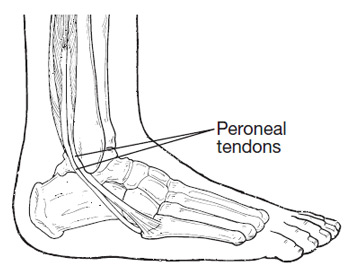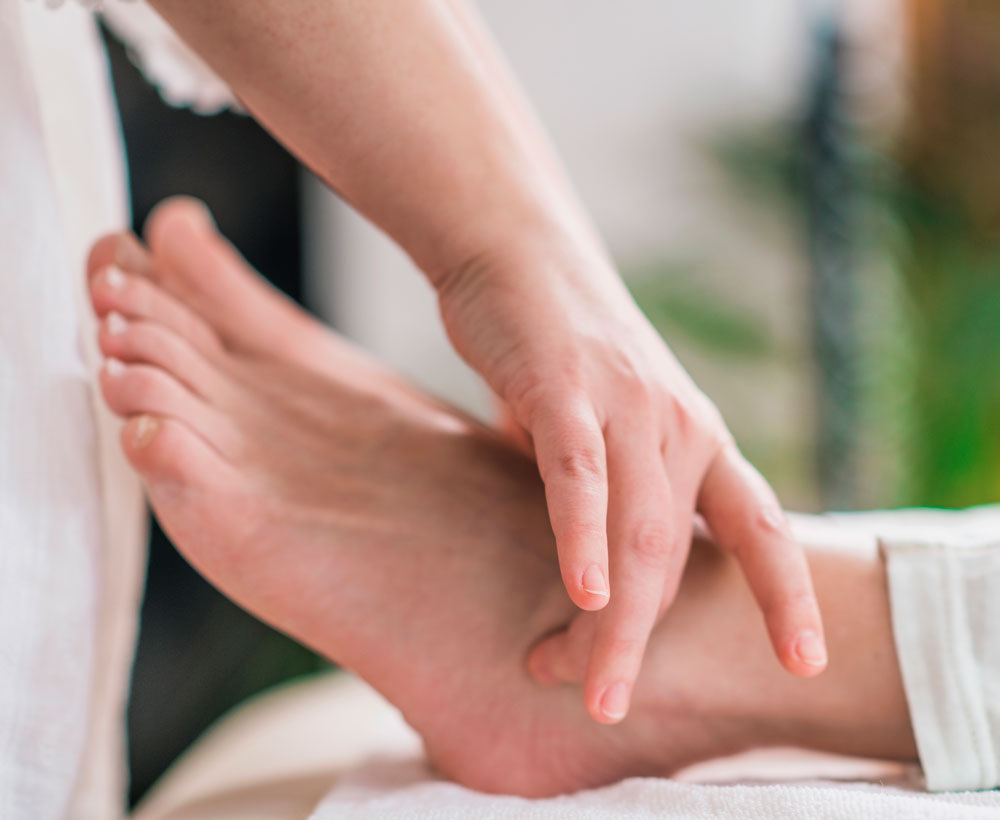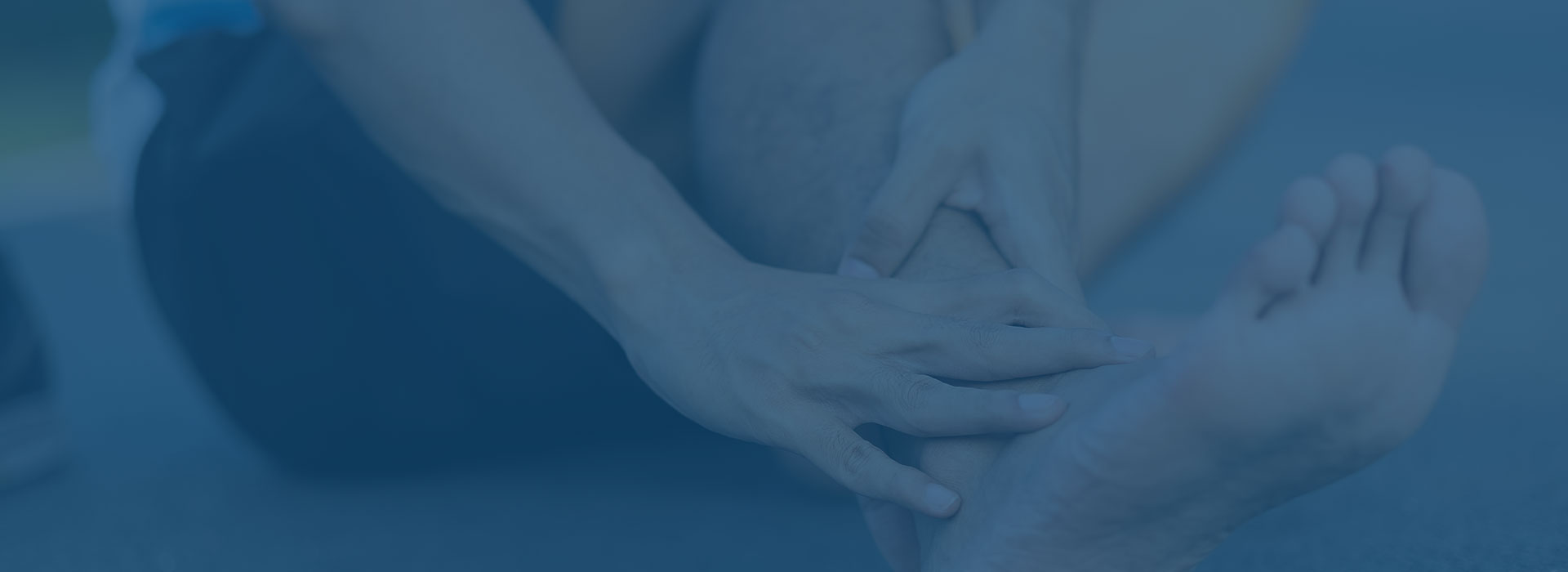If you suffer from pain on the outside or lateral ankle, it could be peroneal tendonopathy.
WHAT IS A PERONEAL TENDONOPATHY AND HOW DO YOU KNOW YOU HAVE IT?
Peroneal Tendonopathy is an ankle injury that you may have heard of under different names such as tendonitis, tendinitis or tenosynovitis.
Previous terms used for this injury often ended in -itis, which refers to inflammation. It has been well documented that many complications with tendons are to a lesser extend inflammatory than they are degenerative. Hence, the more correct and well recognised term used to describe tendon pathology is tendonopathy.

The peroneal muscles are made up of two muscles – peroneal brevis and peroneal longus. These two muscles run down the outside of the leg with the tendons passing behind the outer ankle bone. The peroneals assist the calf muscles in plantarflexing (point the foot) and also everting the foot (turning the foot outward).
Those suffering from peroneal tendonopathy are likely to complain of the following;
- Lateral ankle pain
- In the early stages, it may only be present following exercise, e.g. after a run
- As the condition progresses it may be present before and after i.e. having some relief whilst running
- In the more severe cases, pain is more constant
- Swelling around the lateral ankle
- Tenderness around the peroneal tendons which pass behind/below the lateral ankle
WHO GETS PERONEAL TENDIONOPATHY; HOW DO THEY HAPPEN?
Peroneal tendonopathy is a degenerative process that occurs at the tendon. As the word degenerative insinuates, this is something that occurs over time with the gradual break down of normal tendon physiology.
This can include tears due to an overload or altered load, which can occur due to change/inappropriate exercise. It can also be due to a poor alignment, and with that the muscle is positioned in a disadvantageous position.
Changing load can lead to weakening and thickening of the tendon (leaving it more likely to rupture).
Excessive load or abnormal load can lead to a change in the tendon structure. This can occur after acute injuries around the ankle, such as an ankle sprain. Post ankle sprain, the ankle has reduced stability and the peroneals are required to provide extra support.
Those with excessively high arches are more likely to present with peroneal tendonopathy, as the peroneals must work extra hard to try and actively reduce the arch of the foot.
Alternatively, it can also be seen in people who have relatively flat feet. This is due to the peroneals working eccentrically to avoid rapid pronation (rolling in) of the foot during activities such as running.

HOW DOES A PHYSIO TREAT A PERONEAL TENDONOPATHY?
Rest from your aggravating activity is the first thing you need to do. Giving the tendon a chance to heal without additional stress to the already vulnerable area is key in regaining health back in the tendon.
Physiotherapy can provide some soft tissue release to the peroneal muscles as tension builds following the injury. Massage directly to the tendons can help break down scar tissue and promote healing in those with significant physiological changes to the tendon.
As the condition settles, it is important to address some of the confounding factors that have led to the progression of the condition or have occurred because of the condition. A biomechanical analysis is key to identify these potential causes. Once identified; activity modification, footwear prescription and retraining movement patterns is crucial to rehabilitation.
Exercise therapy has been shown to be effective in returning the tendon to good health and help prevent further occurrence.
Exercise therapy includes;
STRENGTHENING
- The peroneals need to be activated and progressed carefully. Beginning with gentle isometric (static) exercises, before activating the muscles in a concentric way (shortening the muscle)
- The final stage of strengthening involves eccentric exercise, which involves using the muscle as it lengthens.
- General strengthening around the calf muscle can be beneficial in providing greater support for the ankle and peroneal muscles
STRETCHING
- Stretching the peroneals along with self-massage can provide some pain relief and decrease muscle tension. This allows for better function and reduce the progression of the condition
- Stretching the calf muscles can help provide greater function around the ankle and reduce tension/load to the peroneal muscles
If you are suffering from pain on the outside or lateral ankle, come see our experienced physiotherapist at Pivotal Motion Physiotherapy.
To make an appointment book online or call us today on 07 3352 5116.

